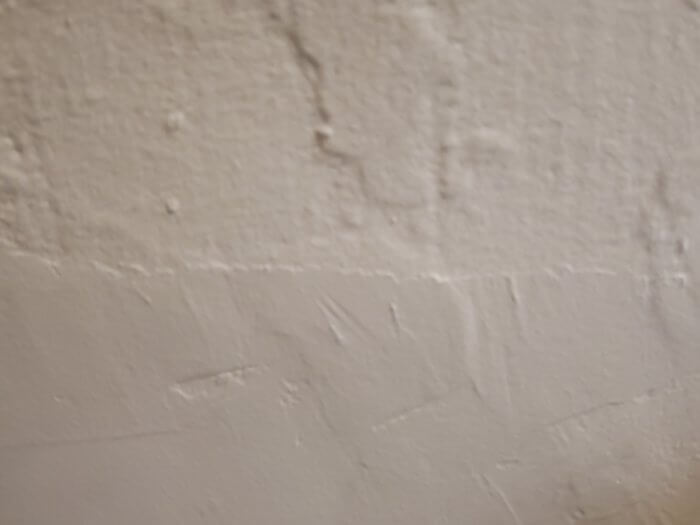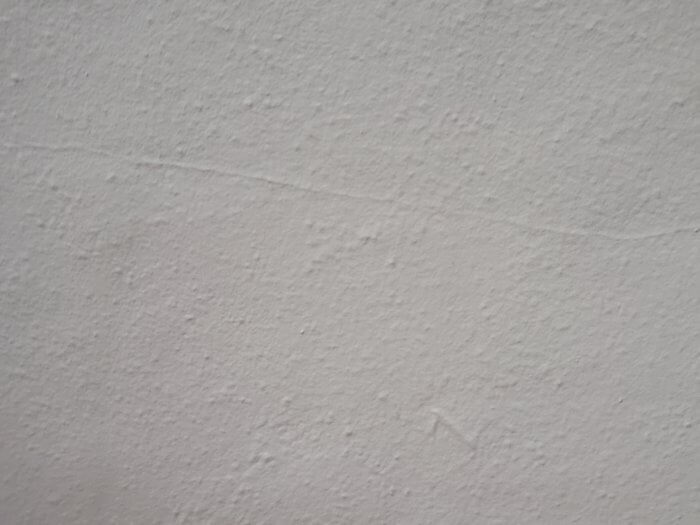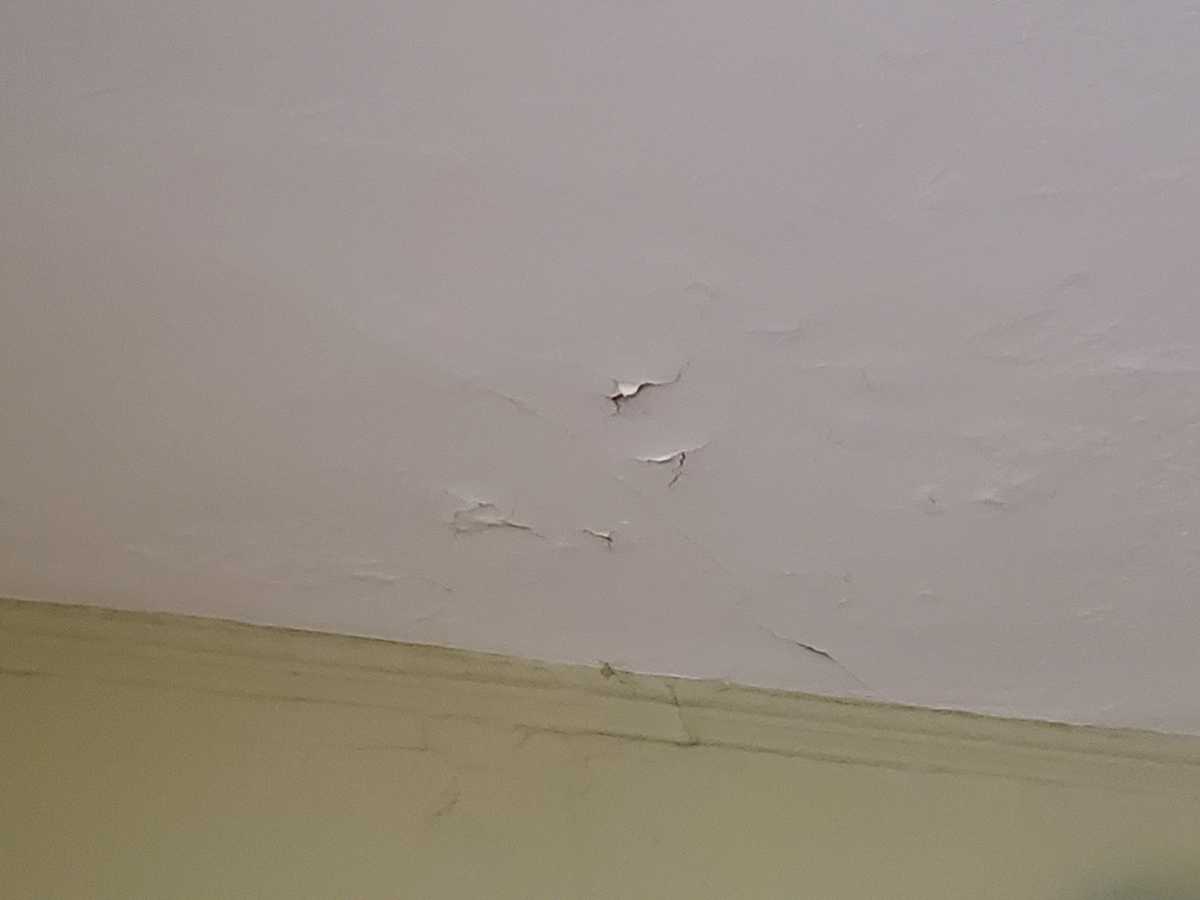Bayside resident Michael McGrath has become incensed with building management after a rainstorm in early February caused a leak into his apartment from the roof.
According to McGrath, the lack of regular roof inspections led to the leak, and building management’s slow response to his complaints about the leak allowed the water damage to spread all over the unit’s walls and ceilings.

McGrath, 63, of 40-40 203rd St., first noticed the rain damage shortly after the storm. He said he felt drops of water while trying to sleep in his bed and noticed the ceiling there was leaking. Shortly after reporting this, someone from Elite Management was sent over on Feb. 14 to assess the damages. It was then that McGrath learned proper periodic inspection of the roof had not been performed for quite a while, allowing cracks and warping to form on it.
Within a period of two to three weeks after the storm, at least five units in the complex had experienced leaking, including two belonging to co-op board members. McGrath also learned that the last time the roof had been replaced prior to last month was 30 years ago.
Despite the fact that the water damage from the leaky roof spread from above McGrath’s bed to the rest of the unit, McGrath was told by management that they would only pay for repairs of the origin point of the leak, claiming the rest of the damage to be interior damage. McGrath, who has a background in construction, said these claims are absurd.

“The walls are cracking because no wall or ceiling was ever opened to air out the water,” McGrath said. “They expect me to open the walls to air everything out, remove all the fallen plaster and replace the wall. I’m not responsible for the plaster inside the walls cracking. The fact that I’m even going through this stuff is ridiculous.”
In addition to potentially creating more damage, McGrath said not opening the walls or ceilings to allow airflow could lead to black mold forming. There was also already evidence of some of the plaster inside the walls beginning to fall. The lower molding on both sides of the stairwell from the second to third floor had detached from the walls. As a result, the wall is visibly bulging out. Additionally, McGrath noted that the downstairs living room recently experienced leaks from the ceiling.
The building was originally constructed in 1932. According to McGrath, the interior includes cloth wiring in addition to the plaster holding up the walls. He’s especially concerned about some water marks located near the fuse box, which could pose a huge electrical fire risk, especially with the cloth wiring.
“[Building management] doesn’t want to get involved with this,” McGrath said. “This is all structural damage. They’re trying to avoid having to get their insurance company involved with this. It’s wrong that they’ve been getting away with this kind of stuff.”
McGrath expects to have representatives from his homeowner’s insurance come to the building this week to take a look at the damage to his unit. After recently speaking to his attorney, McGrath said he is ready to face off with the building’s insurance company if needed.
In addition to the water damage, McGrath also expressed concern of a violation on the plumbing permit in the construction of the laundry room cellar for the apartments. Elite Management has since filed to clear the violation.
Vinny Mozilo of Elite Management did not respond to QNS’s multiple requests for comment on the matter.



































